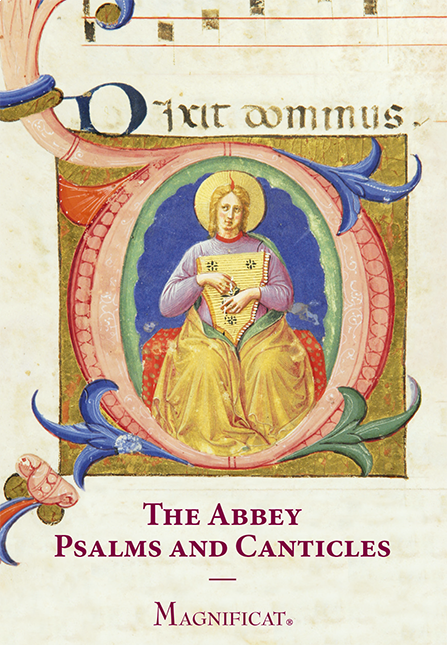Saint Who?
Saints Who Were Scientists
All Saints of the Benedictine Order
Feast: November 13
When Saint Benedict emerged from his solitude in Subiaco to found monasteries, he began in a quiet valley, but then moved to the highly visible Monte Cassino. This has been taken as an indication of how Benedict understood the public purpose of a monastery: “It must give visibility to the faith as a force of life,” Pope Benedict XVI said, adding that Saint Benedict “is still a true master at whose school we can learn to become proficient in true humanism.”
Throughout the centuries, Saint Benedict’s monasteries continued this task. The monks’ days were divided into prayer, work, and study, and many saints were formed. But ora et labora, faithfully observed, not only produced saints; it also bore tremendous fruit in the area of science. The monks pioneered advanced agricultural methods, produced textiles, and studied medicine. They experimented with machinery. Study of the slag heaps around the ruined abbey of Rievaulx in England indicates that the monastery was developing blast furnace capabilities which would not be repeated in that country for centuries.
Monks read and copied diligently, preserving texts and building fine libraries. They regularly shared information with other monasteries. All this activity, set in the context of continual prayer, helped to build up European civilization. As Benedict XVI observed, “scientific rationality and lived devotion are two necessarily complementary and interdependent aspects of study.”
Heavenly Father, through the prayers of Saint Benedict and all his saintly children, help us recognize the great value of a life ordered to prayer, work, and study.









